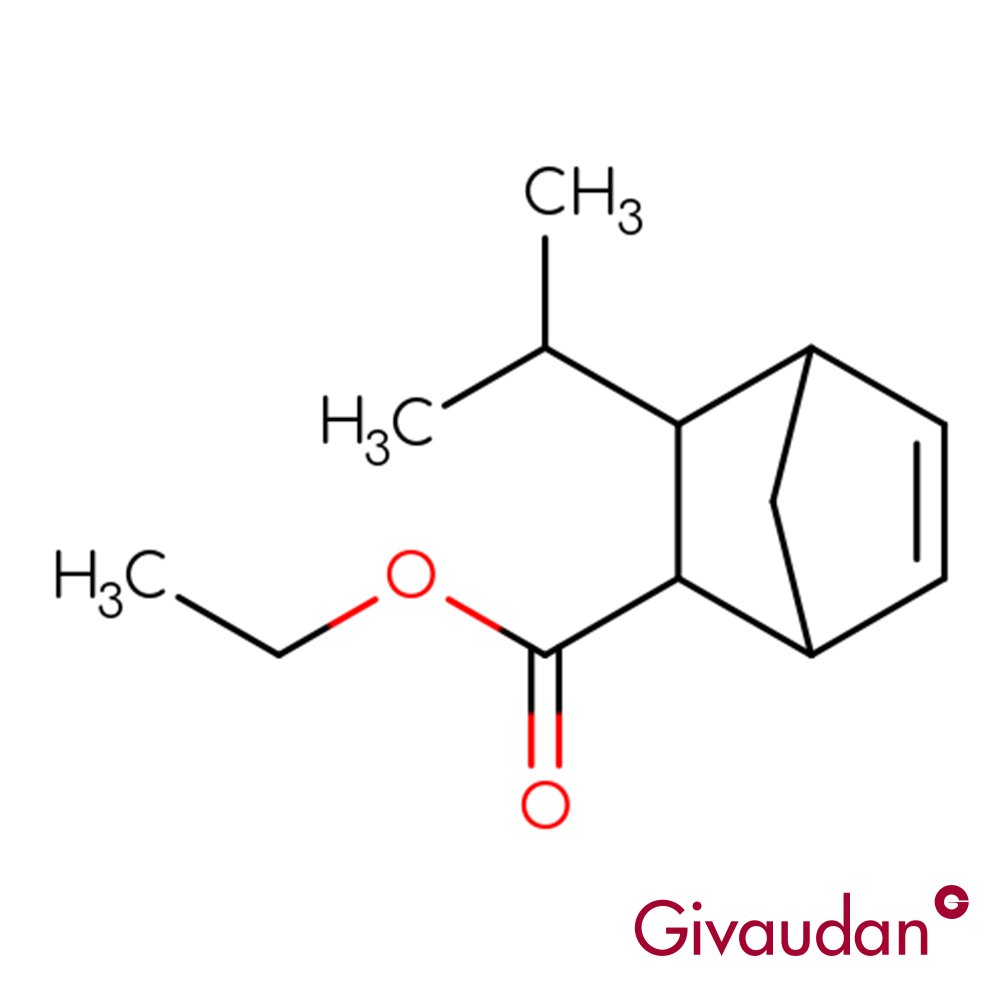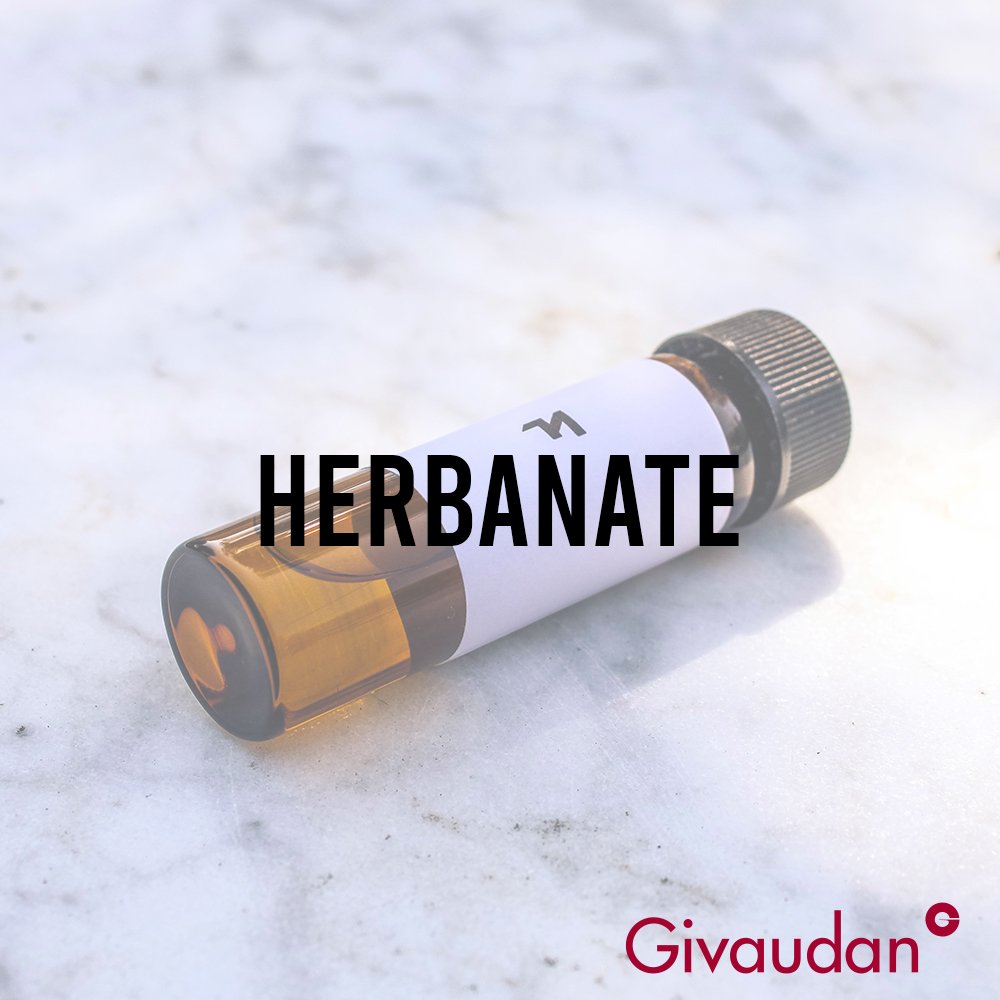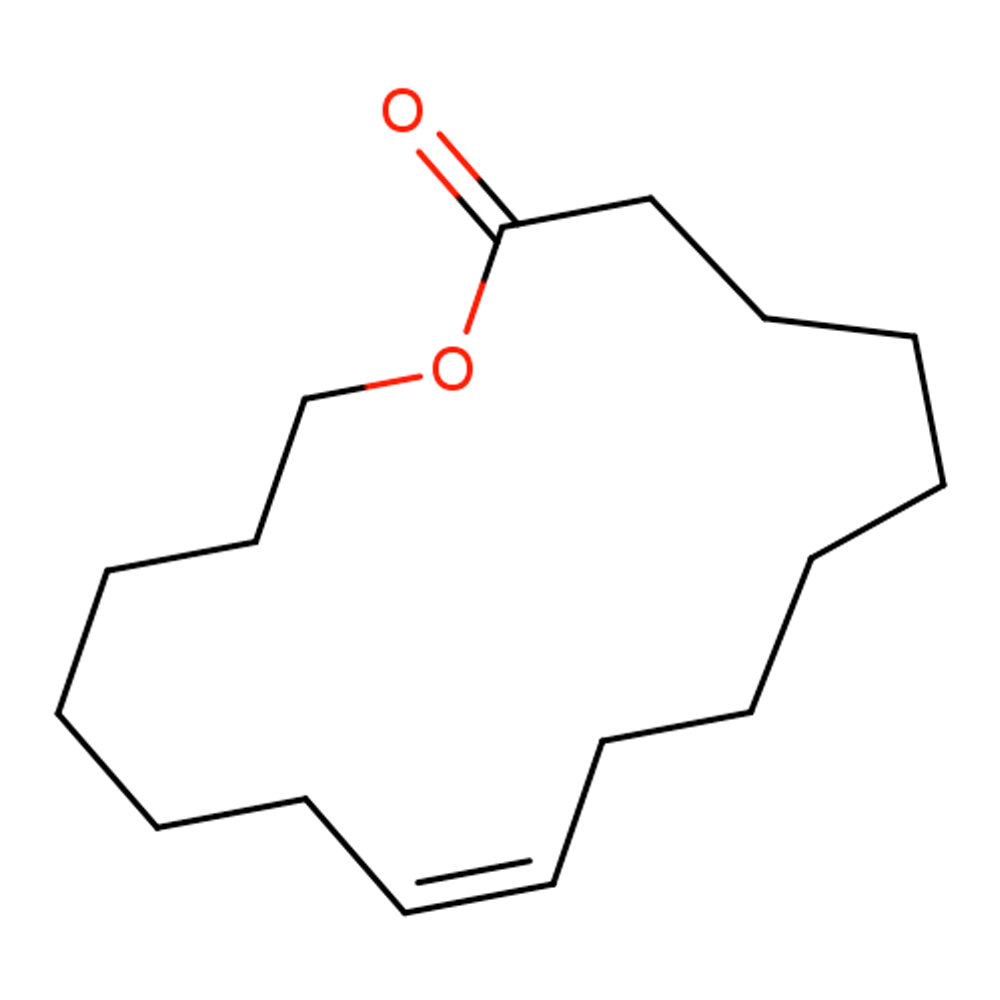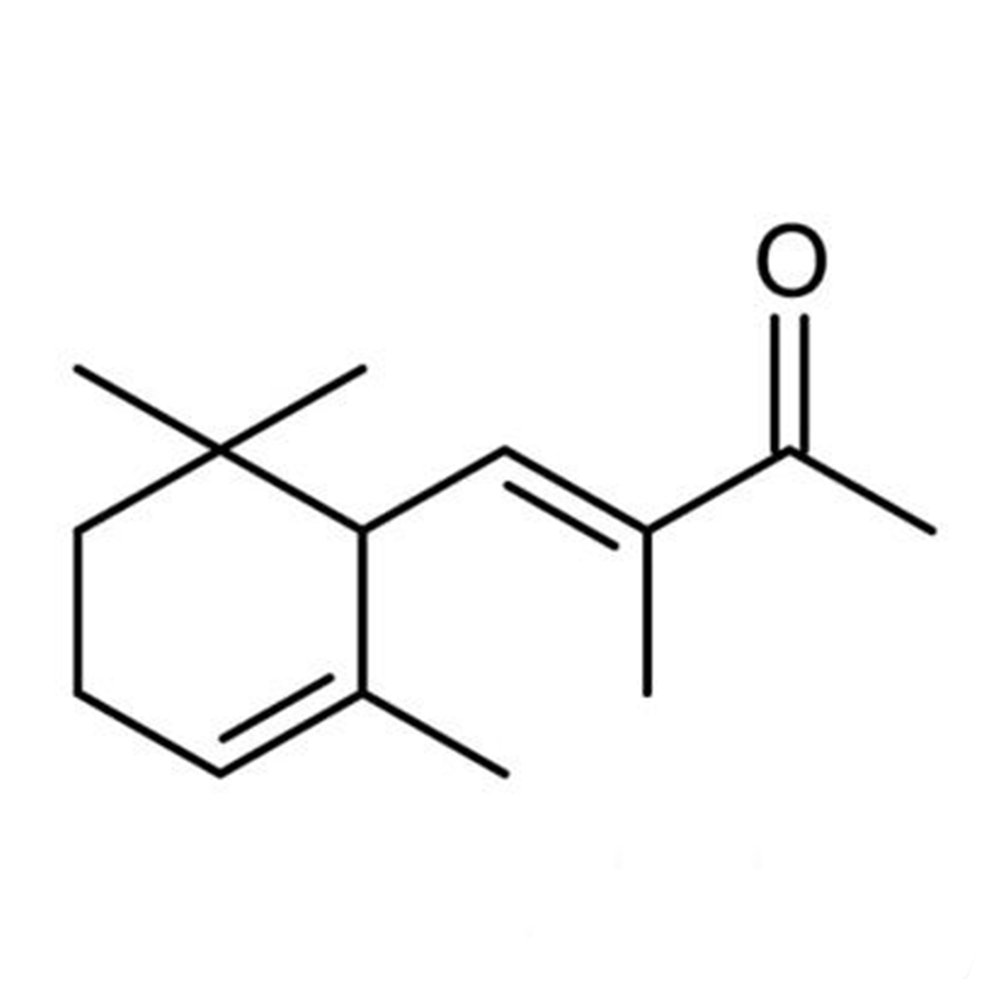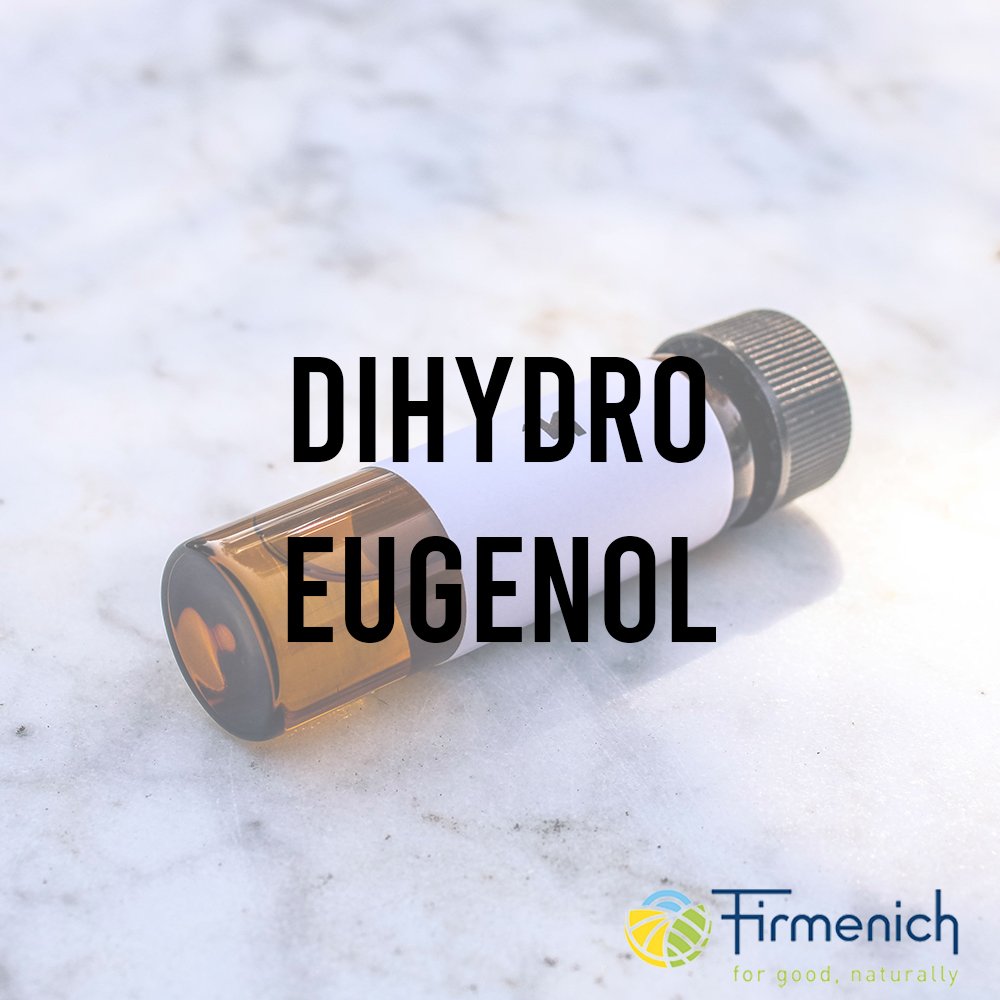Herbanate
Premium Synthetic Ingredient for Perfumery
Herbanate is a synthetic fragrance material developed by Givaudan, offering a fruity-green tropical aroma with hints of banana, pineapple, and blackcurrant layered over a herbal-fresh base with warm, spicy nuances. Its versatilityallows it to function as both a fruity enhancer and a green modifier depending on dosage. When used in dilution (e.g. 10%), Herbanate imparts a natural herbal brightness that blends smoothly with citrus, spicy, and fougère structures. It shows moderate tenacity, works well in functional perfumery, and is especially effective in fruity-green top-to-heart transitions.
Premium Synthetic Ingredient for Perfumery
Herbanate is a synthetic fragrance material developed by Givaudan, offering a fruity-green tropical aroma with hints of banana, pineapple, and blackcurrant layered over a herbal-fresh base with warm, spicy nuances. Its versatilityallows it to function as both a fruity enhancer and a green modifier depending on dosage. When used in dilution (e.g. 10%), Herbanate imparts a natural herbal brightness that blends smoothly with citrus, spicy, and fougère structures. It shows moderate tenacity, works well in functional perfumery, and is especially effective in fruity-green top-to-heart transitions.
Premium Synthetic Ingredient for Perfumery
Herbanate is a synthetic fragrance material developed by Givaudan, offering a fruity-green tropical aroma with hints of banana, pineapple, and blackcurrant layered over a herbal-fresh base with warm, spicy nuances. Its versatilityallows it to function as both a fruity enhancer and a green modifier depending on dosage. When used in dilution (e.g. 10%), Herbanate imparts a natural herbal brightness that blends smoothly with citrus, spicy, and fougère structures. It shows moderate tenacity, works well in functional perfumery, and is especially effective in fruity-green top-to-heart transitions.
Synthetic Ingredient Overview
🏭 Manufacturer — Givaudan
🔎 Chemical name — Proprietary (mixture of isomers)
🧪 Synonyms — Herbanate
🧬 Chemical Formula — C₁₃H₂₄O₂ (estimated)
📂 CAS N° — 116126-82-0 / 116044-44-1
📘 FEMA — Not listed
⚖️ MW — 208 g/mol
📝 Odor type — Fruity / Green / Tropical
📈 Odor Strength — Medium
👃🏼 Odor Profile — Juicy fruity top with banana, pineapple, blackcurrant facets; herbal-fresh heart; warm, subtly spicy drydown
⚗️ Uses — Enhances tropical fruity notes; adds green herbal freshness when diluted; suitable for fougère, citrus, spicy, and functional fragrance types
🧴 Appearance — Clear liquid
🔥 Boiling Point — 217 °C
🧪 Chemical Class — Not publicly disclosed (likely aliphatic esters or cyclic ethers)
What is Herbanate?
Herbanate is a modern synthetic compound designed by Givaudan for multifunctional use in fragrance creation. Though proprietary in structure, it’s recognized for its capacity to unify fruit and herbaceous themes, delivering a juicy naturalness while also supporting functional stability.
Its dual performance—as a top note enhancer and a mid-note green modifier—makes it particularly useful in contemporary perfumery that seeks clean, fruity-natural freshness without relying on unstable or restricted naturals.
Olfactory Profile and Perfumery Applications
Fruity notes:
Banana, pineapple, and blackcurrant tones offer a tropical lift
Juicy but not overripe; perfect for modern fruity-floral or gourmand profiles
Green herbal aspect:
Especially noticeable in dilution (10%)
Adds brightness and naturality to citrus, herbal, and spicy directions
Recommended use:
Use level: Up to 2%
Ideal for:
Fougère cores (with lavender, coumarin, moss)
Juicy-fruity florals (with rhubarb, cassis, aldehydes)
Citrus-herbaceous colognes
Functional bases requiring natural fruit/herb lift
Synergies:
Citrus oils (lemon, grapefruit) — intensifies juicy freshness
Galbanum, Basil, Iso E Super — balances the herbal aspect
Allyl Amyl Glycolate — enhances tropical-green complexity
Industrial and Technical Uses
Herbanate performs across a range of functional fragrance platforms, including:
Fabric detergents (liquid & powder)
Conditioners
Shampoos
Soaps and APCs
Acidic & alkaline cleaning products
Antiperspirants
Candles (moderate efficiency in burning)
Tenacity & Bloom:
Tenacity on blotter: Several days
Burning effectiveness: 3/5
Bloom in soap: 3/5
Substantivity:
Damp skin: 3/5
Dry skin: 1/5
Formulation Stability (at various pH levels):
Acid cleaner (pH 2): 5/5
Fabric conditioner (pH 3): 5/5
Antiperspirant (pH 3.5): 3/5
Shampoo (pH 6): 5/5
APC (pH 9): 5/5
Fabric detergent liquid (pH 9): 3/5
Soap (pH 10): 5/5
Powder detergent (pH 10.5): 3/5
Liquid bleach (pH 11): 1/5
Regulatory and Safety Overview
IFRA: Not restricted (check latest amendments for updates)
EU Allergen Listing: Not among the 26 declarable fragrance allergens
FEMA GRAS: Not listed for food use
ECHA / REACH: Registered; no known classification as hazardous under typical perfumery use
Toxicology: No skin sensitization or phototoxicity reported
Stability: Excellent in most formulations; minor degradation possible in strong alkaline bleach (pH >10.5)
✅ Considered a technically stable and safe material across most perfumery and personal care systems.
Sources
Givaudan Technical Data Sheets – Herbanate
Scentspiracy Ingredient Archive – Fulvio Ciccolo
TGSC Ingredient System
ECHA Substance Information (2024)
